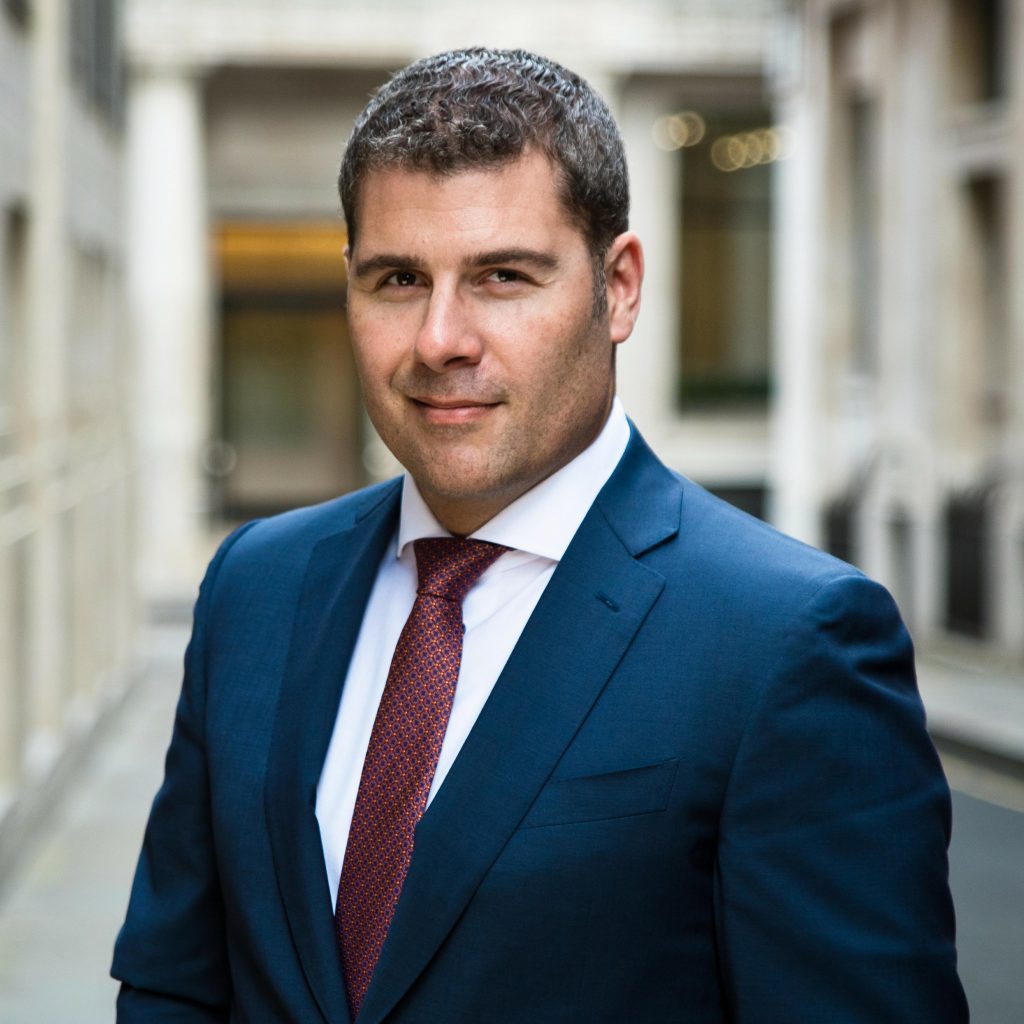
Odi Lahav and Joanne Job from MJ Hudson Allenbridge explore what mechanisms can be used to ensure a closer alignment of interests between private equity investors and the investment managers they hire.

Private equity investors may argue the relative attractiveness of individual funds, managers and markets, but on this they are unanimous: managers (GPs) should not benefit before, or in spite of, their investors (LPs).
LPs entrust their capital to a GP for the long-term, based on the expectation that the investment thesis will remain valid over time, but also that their interests will remain aligned for the duration of that relationship.

In private equity, alignment is essentially achieved via two mechanisms: (i) GPs committing their own money alongside investors (“skin-in-the-game”), and, (ii) GPs receiving a share of LP profits (“carried interest” or “carry”).
As highlighted in our recent report, [1] there are aspects of the manager-investor relationship where “alignment between the parties is not inherent”. In other words, the principal-agent problem is alive and well. Several mechanisms have evolved, however, to encourage closer alignment of interest between private equity fund manager and investor.
Carry/Carried Interest
Carried interest is the key feature of incentivisation in the remuneration for the GP’s efforts to maximise investor returns. This should filter down through the investment team in order to be an effective performance incentive. It should not be charged without an appropriate hurdle/preferred return.
Hurdle/Preferred Return
Without a preferred return, GPs can earn carry despite lacklustre performance. If the preferred return is set too high, however, GPs may be encouraged to engage in riskier deals than they ought to, or they might use more leverage than prudent. In private equity, preferred return levels are typically between 6 and 8% p.a.
GP Commitment
GPs and their senior investment staff are generally expected to make cash contributions to their own funds, in order to demonstrate their commitment to and belief in the investment strategy. Moreover, it is a further incentive to perform well: whereas carry provides pure upside for the GP, the GP commitment encourages the team not to lose any capital, either.
Traditionally, 1% of total fund size was considered an acceptable GP commitment, but our recently published research [2] has shown that the typical rate of GP commitment now sits north of 2%.
Management Fees
Management fees should cover all normal operational costs of a GP. They should not be a source of profit for the manager, but they can be.
GPs may charge fees on undrawn commitments, as well as invested capital. Whilst there may be pressure not to charge on undrawn commitments, this can create an unwanted incentive to make “any investment”, rather than a “good one”, in order to earn the management fee.
Other fees (e.g. transaction fees) may be charged by a GP to the fund, but the current industry standard is for these to be offset against management fees: per our survey, 90%+ of funds provide an offset of 100% of transaction fees.
There’s more…
Additional alignment considerations include:
- Fund extensions – if the GP needs to extend the fund’s life, then management fees should be reduced or waived during the extension period.
- Change of control – to ensure continuing alignment throughout the life of the fund, the team’s interest in the GP and the carried interest should be substantially locked-in for the fund’s tenure.
- Distributions in specie: manager and investor interests may become misaligned in situations where there is a distribution of an investment in kind – in particular, where the securities/interests in such investments are not liquid. This may result in an overvaluation of carried interest as highlighted, again, in our recent research [3].
- Successor funds: meaningful restrictions on the establishment of successor funds, can mitigate the risk that a manager’s focus may be drawn away from the current fund and can prevent excessive management fee generation.
Unlisted private equity funds are, by nature, illiquid. But this does not mean that LPs who find themselves misaligned have no options. With enough support, LPs can replace the GP for another manager (sometimes without cause) and the market for secondary fund interest sales is well-established. Still, better that it doesn’t come to that.
Sources:
Odi Lahav is the CEO of MJ Hudson Allenbridge, the Investment Advisory Division at MJ Hudson.
Joanne Job is a Managing Director and Head of Research at MJ Hudson Allenbridge.













